Circuit Description
The engine aftertreatment system monitors the soot load in the aftertreatment DPF. Under normal operating conditions, the aftertreatment DPF is self-cleaning, where soot is converted to carbon dioxide, nitrogen, and water. Under light load operating conditions, it can be necessary to perform a stationary regeneration of the aftertreatment DPF. The soot load in the aftertreatment DPF is estimated using the aftertreatment differential pressure sensor and the calculated soot output of the engine.
This fault code can be triggered if the application is not operating at a duty cycle high enough to actively regenerate the aftertreatment DPF. This fault code indicates that the exhaust temperatures exiting the turbocharger are not high enough to actively regenerate the soot that is trapped in the aftertreatment DPF. It may be necessary to increase the duty cycle of the application in order to prevent plugging of the aftertreatment DPF.
Component Location
The aftertreatment DPF is located in the exhaust system and is installed by the original equipment manufacturer (OEM). Refer to the OEM service manual.
Conditions for Running the Diagnostics
This diagnostic runs continuously when the engine speed is greater than 500 rpm.
Conditions for Setting the Fault Codes
The engine control module (ECM) detects that the soot load of the aftertreatment DPF has exceeded the maximum operating limits.
Action Taken When the Fault Code is Active
The ECM will illuminate the red STOP ENGINE lamp immediately after the diagnostic fails.
Torque output of the engine will be reduced as the soot load in the aftertreatment DPF increases.
Active and stationary regeneration of the diesel particulate filter is disabled.
The exhaust gas recirculation (EGR) valve will be closed.
Conditions for Clearing the Fault Code
Use INSITE? electronic service tool to perform the Diesel Particulate Filter Reset procedure found under the Aftertreatment Maintenance section of Advanced ECM Data.
After completing a stationary regeneration (as instructed in this fault code troubleshooting tree) and no additional fault codes become active, the repair has been validated.
The ECM will turn off the red STOP ENGINE light immediately after the soot load in the aftertreatment DPF has dropped below the most severe level.
Continue to run the regeneration until the soot load in the aftertreatment DPF has dropped to the normal level.
Shop Talk
Repeated occurrences of this fault code may indicate the engine requires frequent regeneration. Refer to the Aftertreatment Diesel Particulate Filter-Excessive Automatic and/or Stationary Regeneration troubleshooting symptom tree in Section TS to identify the cause of frequent regeneration.
Possible causes of this fault code include:
The aftertreatment wiring harness or the aftertreatment temperature sensor connector pin installation may be incorrect.
The engine has been operating in a light load condition that prevents exhaust temperatures from being high enough to actively regenerate the aftertreatment DPF.
A possible base engine malfunction that causes excessive black soot to be generated.
If both Fault Codes 1921 and 2777 are inactive with an active Fault Code 1922, this indicates that a regeneration inhibit message has been received by the engine ECM and that active regeneration of the aftertreatment DPF was not allowed. Use the OEM manuals to confirm that the OEM settings for the aftertreatment permit switch are configured correctly.
The aftertreatment DPF soot loading can be classified into four different stages. As the soot load increases, the aftertreatment DPF lamp and the Cummins? CHECK ENGINE (Amber) or STOP ENGINE (Red) lamp will operate according to the table below. Inadequate temperature for the exhaust gases entering the aftertreatment system can be a cause of high soot loads in the aftertreatment DPF. The duty cycle of the application may need to be increased in order to prevent excessive soot from accumulating in the filter.
Aftertreatment System Soot Stages
Soot Level Stage Cummins? Fault Code Aftertreatment Lamp Status Cummins? Lamp Status Service Procedure Engine Protection Strategy
1 2639 Solid OFF Perform stationary regeneration procedure No engine protection derate
2 2639 Flashing OFF Perform stationary regeneration procedure Mild engine torque derate
3 1921 Flashing Amber Perform stationary regeneration procedure Moderate engine torque and engine speed derate
4 1922 OFF Red Inspect and clean or replace aftertreatment diesel particulate filter Severe engine torque and engine speed derate
Reference the appropriate OEM wiring diagram when troubleshooting circuits that utilize wiring supplied by the OEM.
For intermittent power supply and data link communication issues with Aftertreatment Components, it is highly recommended that the OEM power distribution center fuses and relays be thoroughly checked for loose, missing or intermittent connections.
Possible Cause:
1) Aftertreatment DPF differentail Pressure sensor Failure
2) DPF failure
3) Aftertreatment diesel particulate filter failure
4) ECM calibration


 AGCO
AGCO ALLISON
ALLISON BENDIX
BENDIX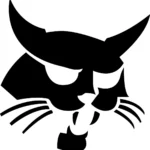 BOBCAT
BOBCAT CAT
CAT CLAAS
CLAAS CNH
CNH DAF
DAF DETROIT
DETROIT EATON
EATON FREIGHTLINER
FREIGHTLINER HINO
HINO HITACHI
HITACHI ISUZU
ISUZU JCB
JCB JOHN DEERE
JOHN DEERE JPRO
JPRO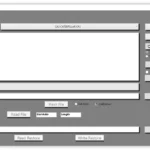 MAGIC TUNER
MAGIC TUNER MAN
MAN Navistar
Navistar PACCAR
PACCAR PERKINS
PERKINS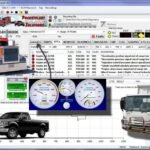 PF DIAGNOSE
PF DIAGNOSE PSI POWERLINK
PSI POWERLINK RENAULT
RENAULT SCANIA
SCANIA THERMO KING
THERMO KING UD NISSAN
UD NISSAN VOLVO
VOLVO WABCO
WABCO ZF TESTMAN
ZF TESTMAN
 BELL
BELL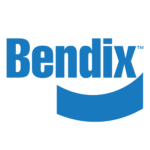 BENDIX
BENDIX BOBCAT
BOBCAT CARRIE
CARRIE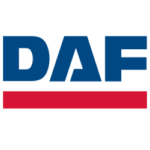 DAF
DAF DETROIT
DETROIT EATON
EATON FUSO
FUSO MACK
MACK
 Cumminz
Cumminz ISB4.5 CM2150
ISB4.5 CM2150 All Engines (2017 Emissions)
All Engines (2017 Emissions) PACCAR
PACCAR


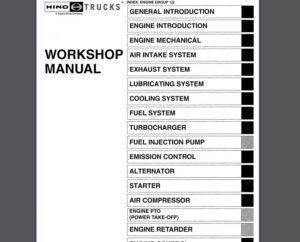
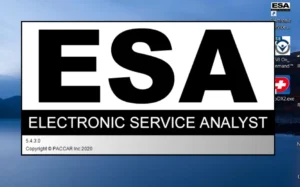

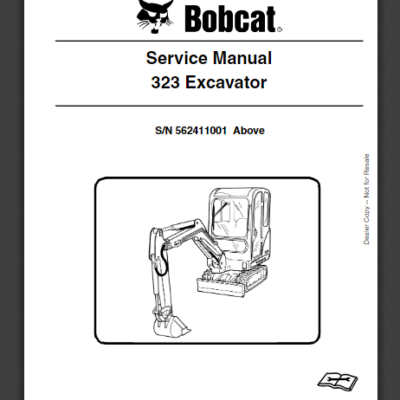

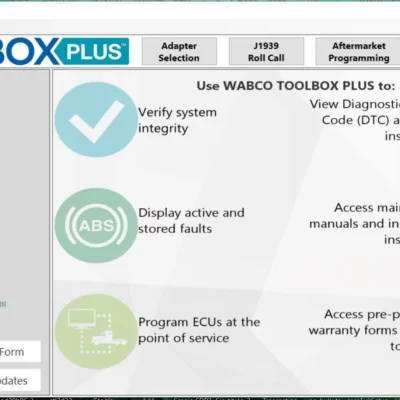
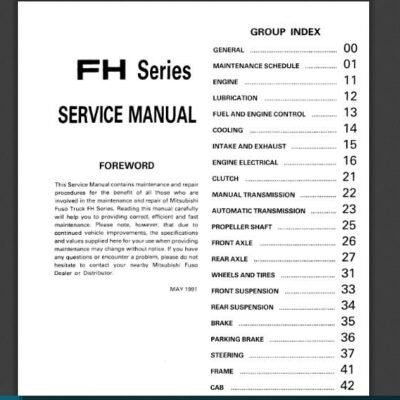

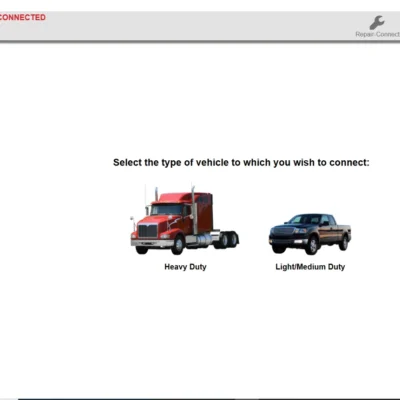
![The DOOSAN EDOCTOR CONSTRUCTION FULL 2.3.5.8 [2023.06] is a cutting-edge diagnostic software for heavy machinery. Released in 2023, it offers advanced tools for troubleshooting engine issues in various construction equipment. This software enhances operational efficiency by providing detailed diagnostics and real-time support. It is compatible with multiple brands and supports remote installation through TeamViewer, ensuring seamless usability for technicians.](https://ecmtrucks.com/wp-content/uploads/2024/08/88-400x400.png)
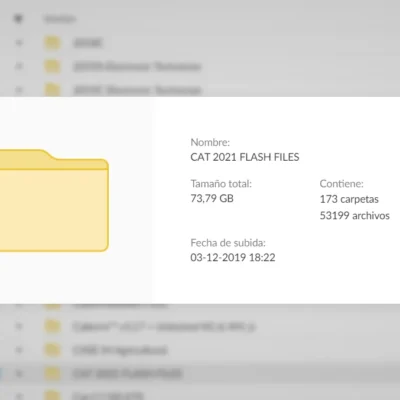

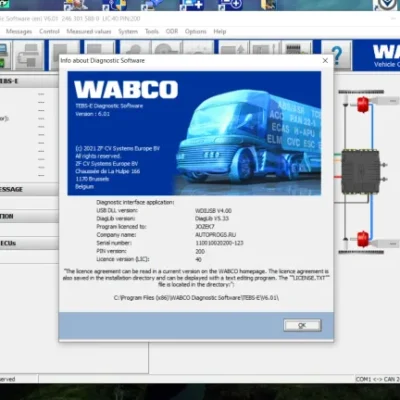
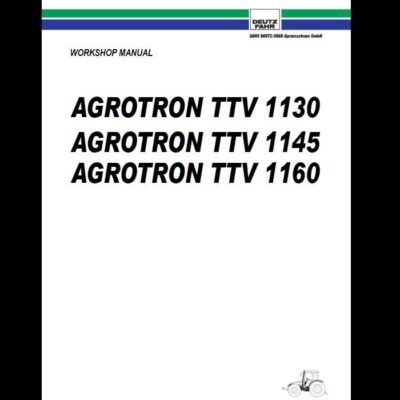
Reviews
Clear filtersThere are no reviews yet.